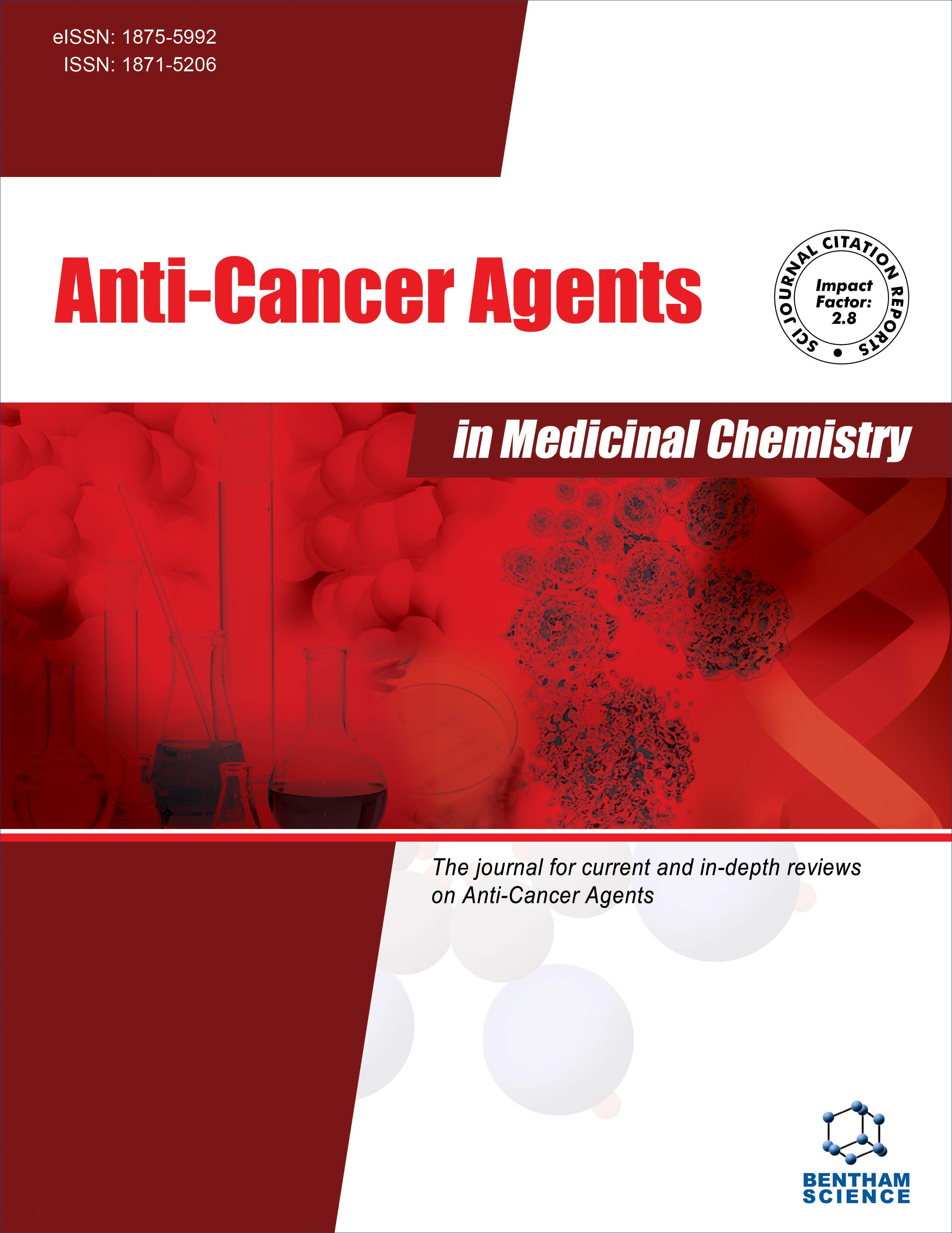
Full text loading...
Helicobacter pylori (H. pylori) is one of the most common human pathogens, affecting almost half of the population of the world. Some specific virulence genes of this bacterium have a significant causal effect on the outcome of gastrointestinal diseases. Therefore, the aim of this study was to evaluate the expressions of the cagA, dupA, sabA, babA, and iceA1 genes of H. pylori cultured from biopsy specimens of patients with GC and PUD and to compare these expressions with those in NUD patients as the control group.
The patients with gastrointestinal disorders referred to Shahid-Beheshti Hospital in Qom, Iran, were enrolled in this study. Eleven biopsies per patient were collected and used for culture, pathology, and rapid urease tests. Based on endoscopic and pathological findings, patients were separated into three groups: GC, PUD, and NUD. Colonies suspected of H. pylori were initially investigated using conventional evaluations and then confirmed by PCR assay. Also, the RT-qPCR method was used to evaluate the expression of target genes, including cagA, dupA, sabA, babA, and iceA1 in isolated strains.
One hundred and seventy-seven patients, including 31 GC, 55 PUD, and 91 NUD, were included in this study. Among the enrolled patients, 29 patients were positive for H. pylori based on three evaluation methods. The expression of bacterial cagA, dupA, and babA genes in the GC patients was statistically higher than in the NUD group. The expression of the sabA gene in the strain isolated from the GC group was lower than in the control group. No significant difference was observed between the GC group and the control group regarding the iceA1 gene.
Our finding shows that the expressions of cagA, dupA, and babA virulence genes in H. pylori strains isolated from gastric biopsies of both GC and PUD patients are significantly higher than the NUD ones. Therefore, screening and treating the infection caused by this bacterium and determining the genotype in patients may prevent the progression of the disease.

Article metrics loading...

Full text loading...
References


Data & Media loading...

